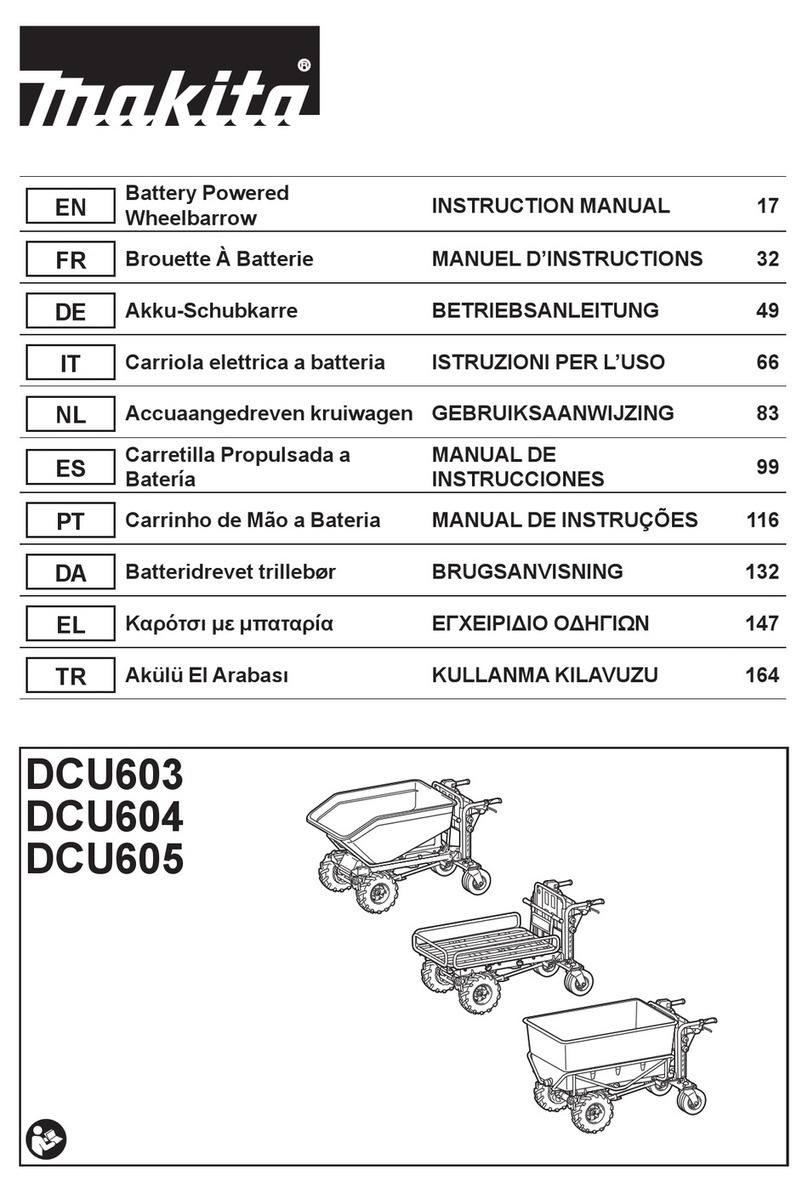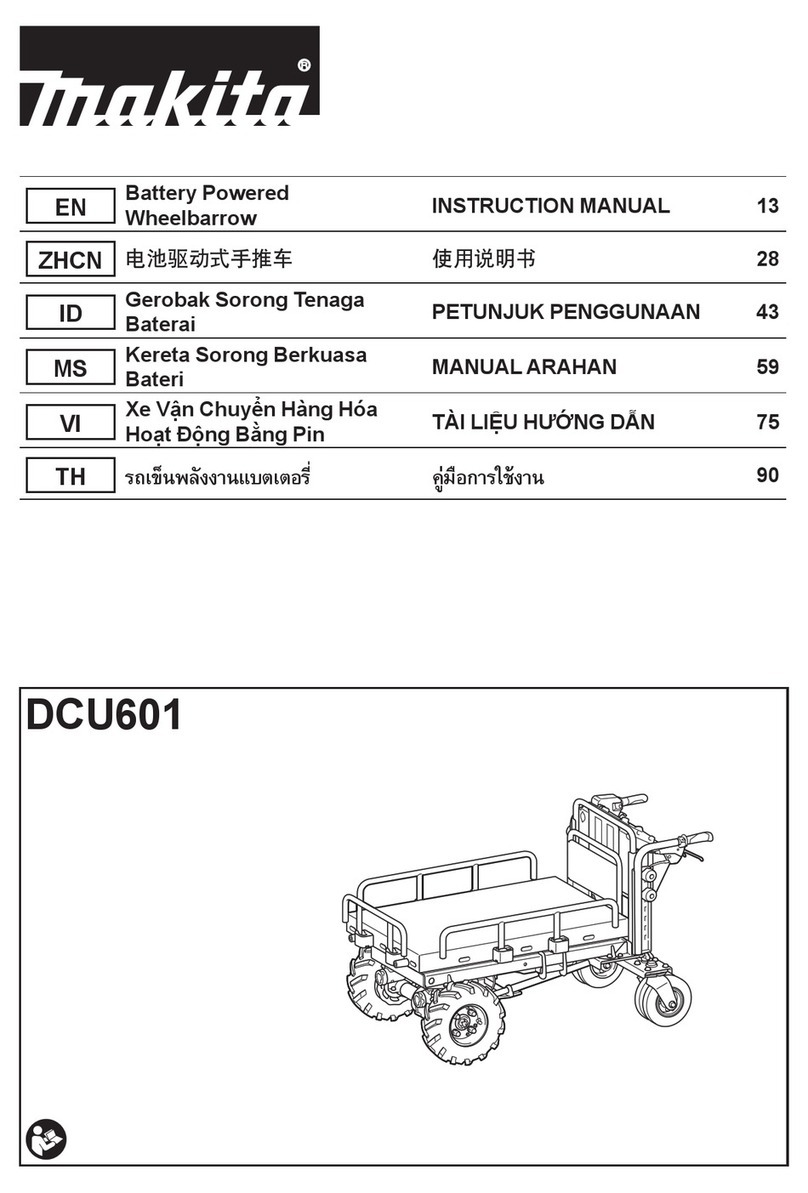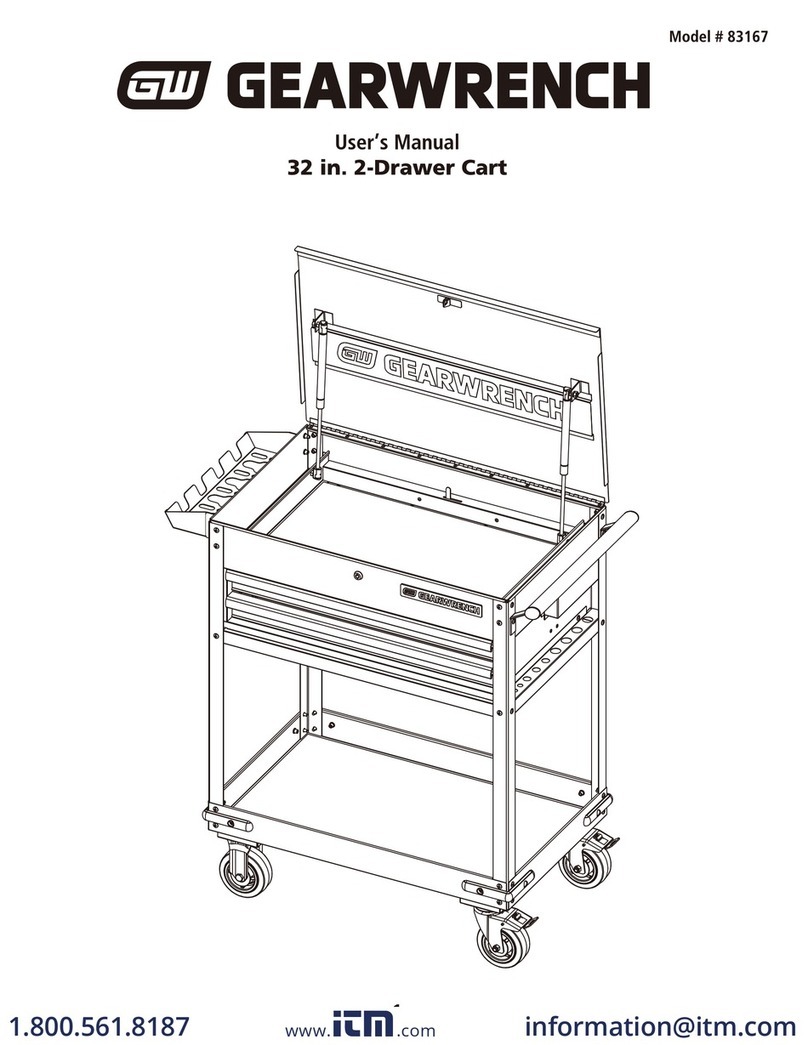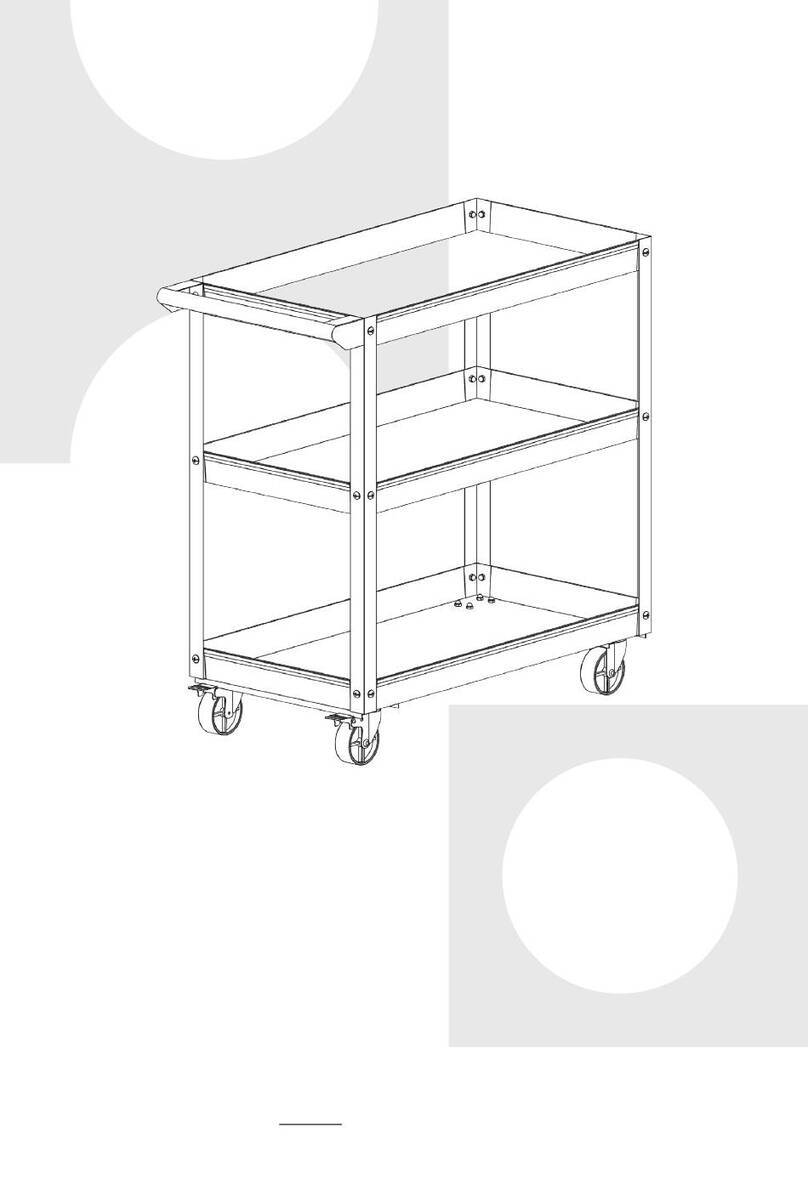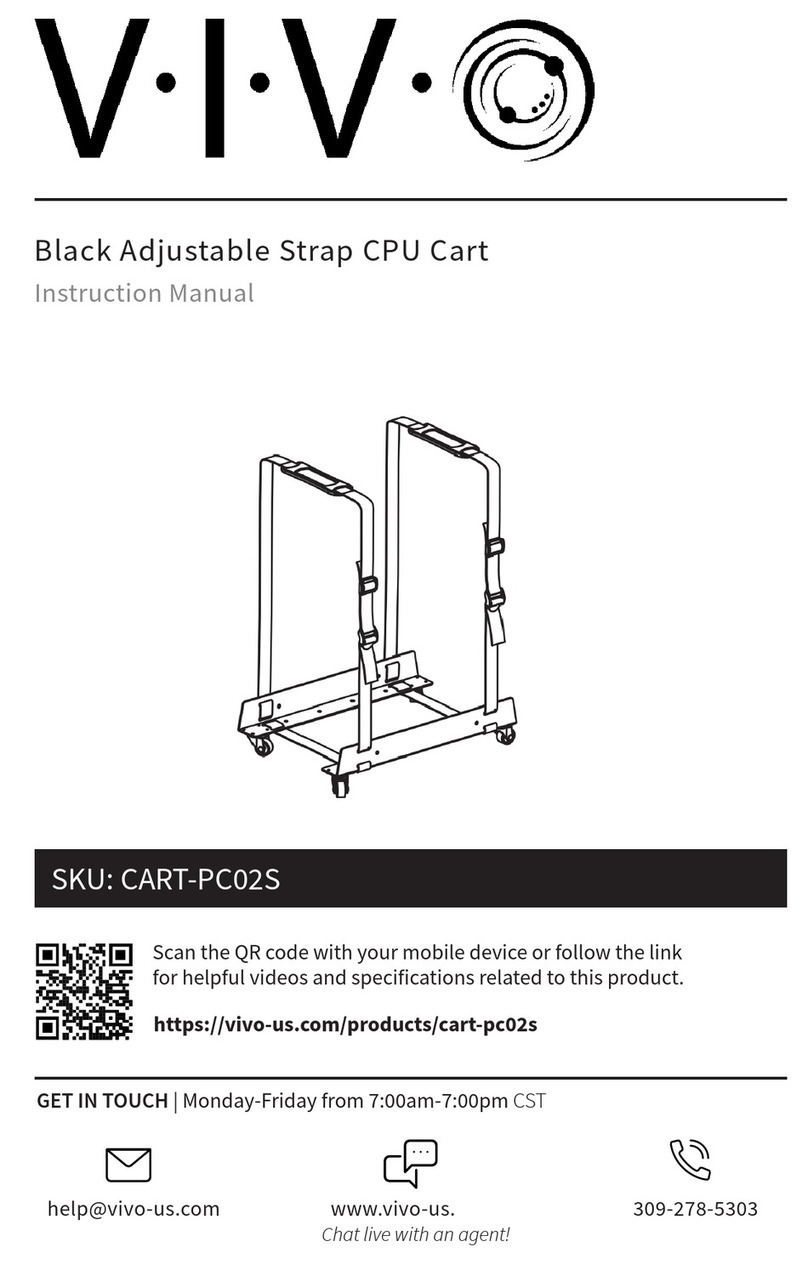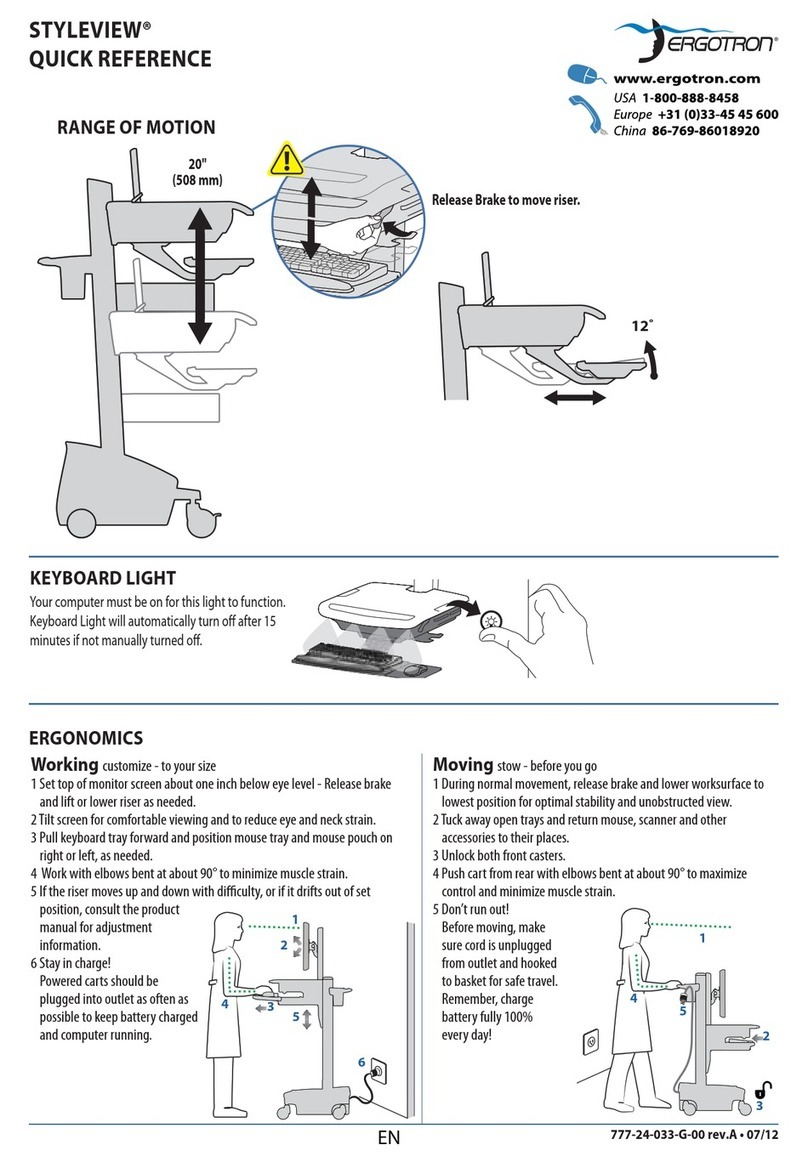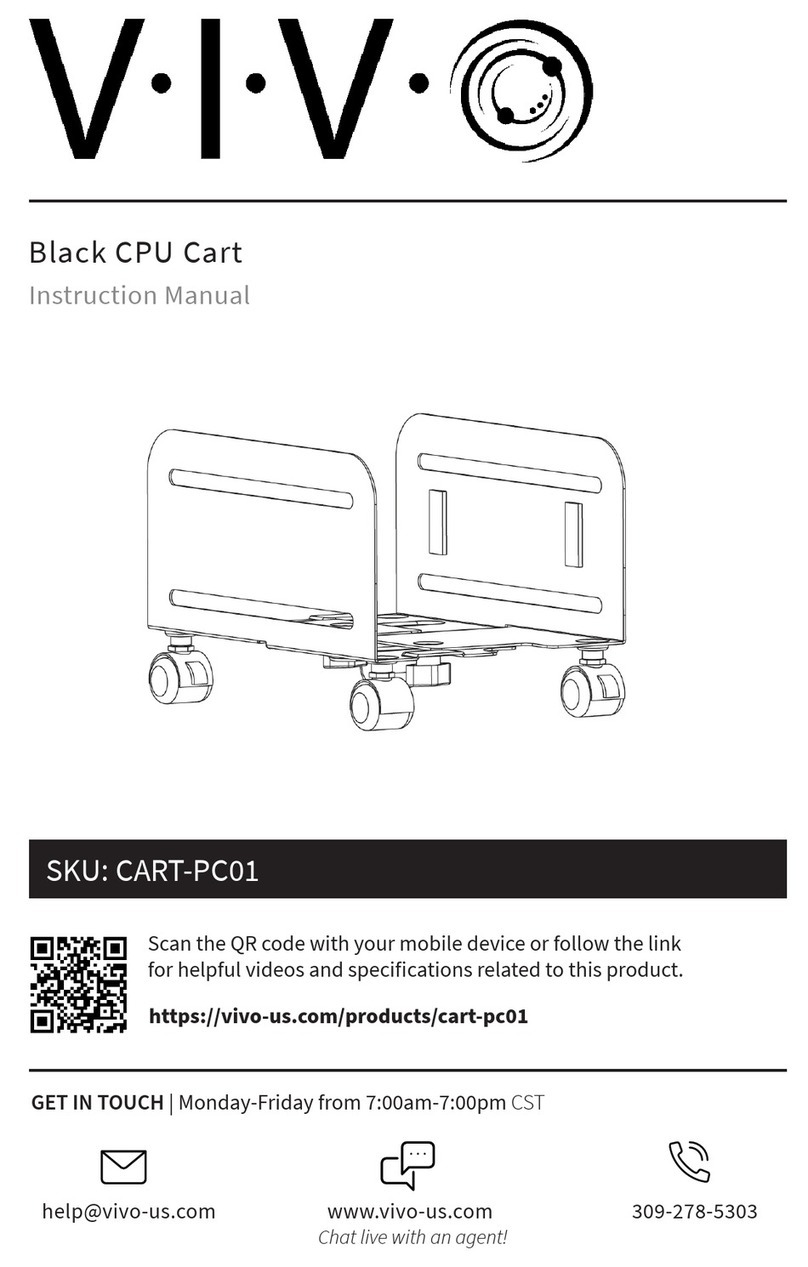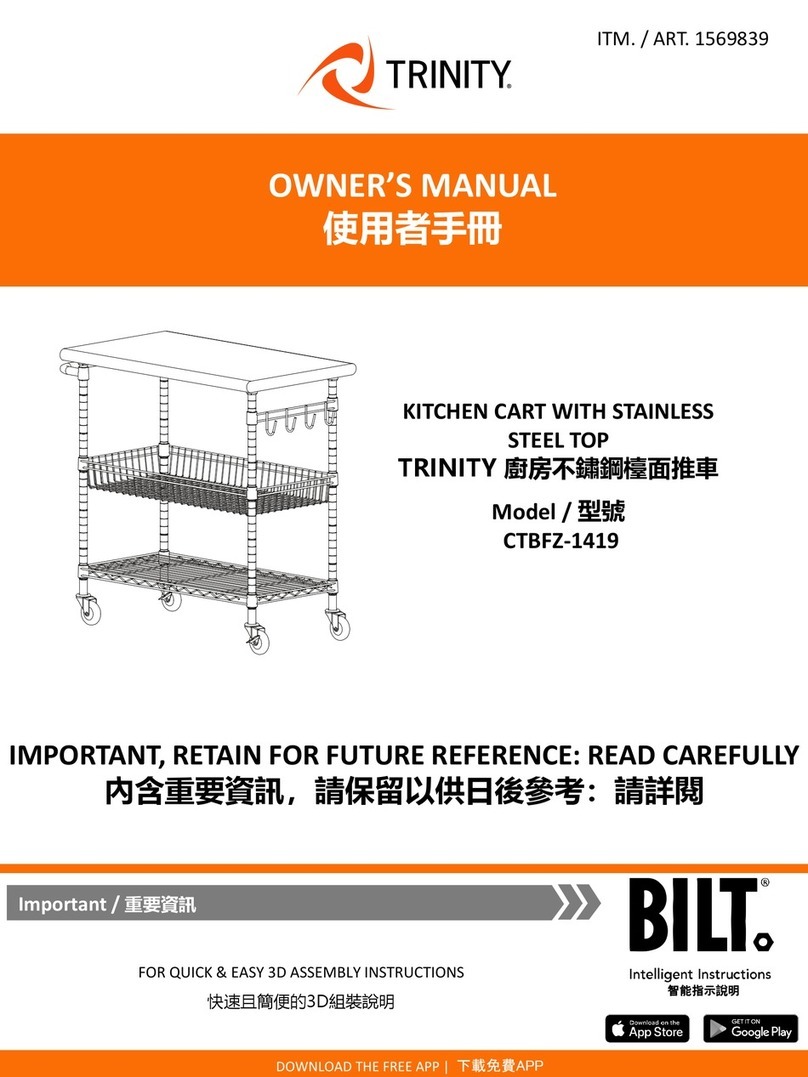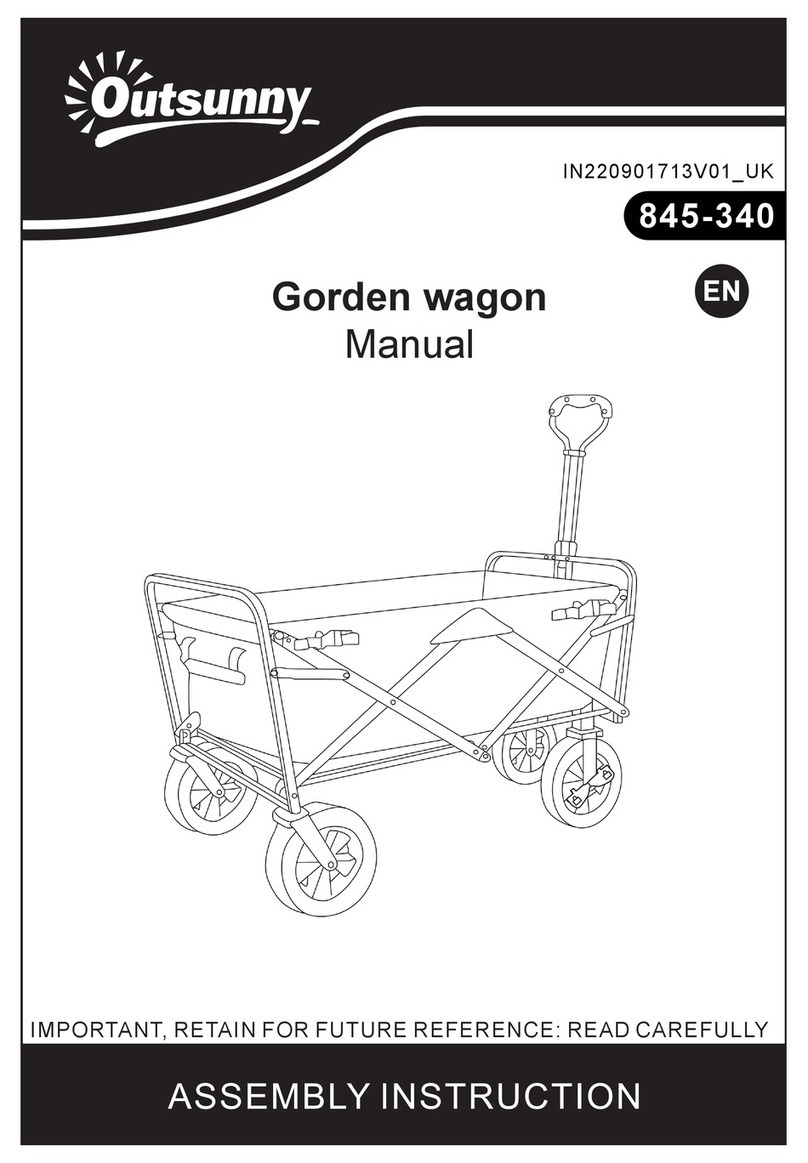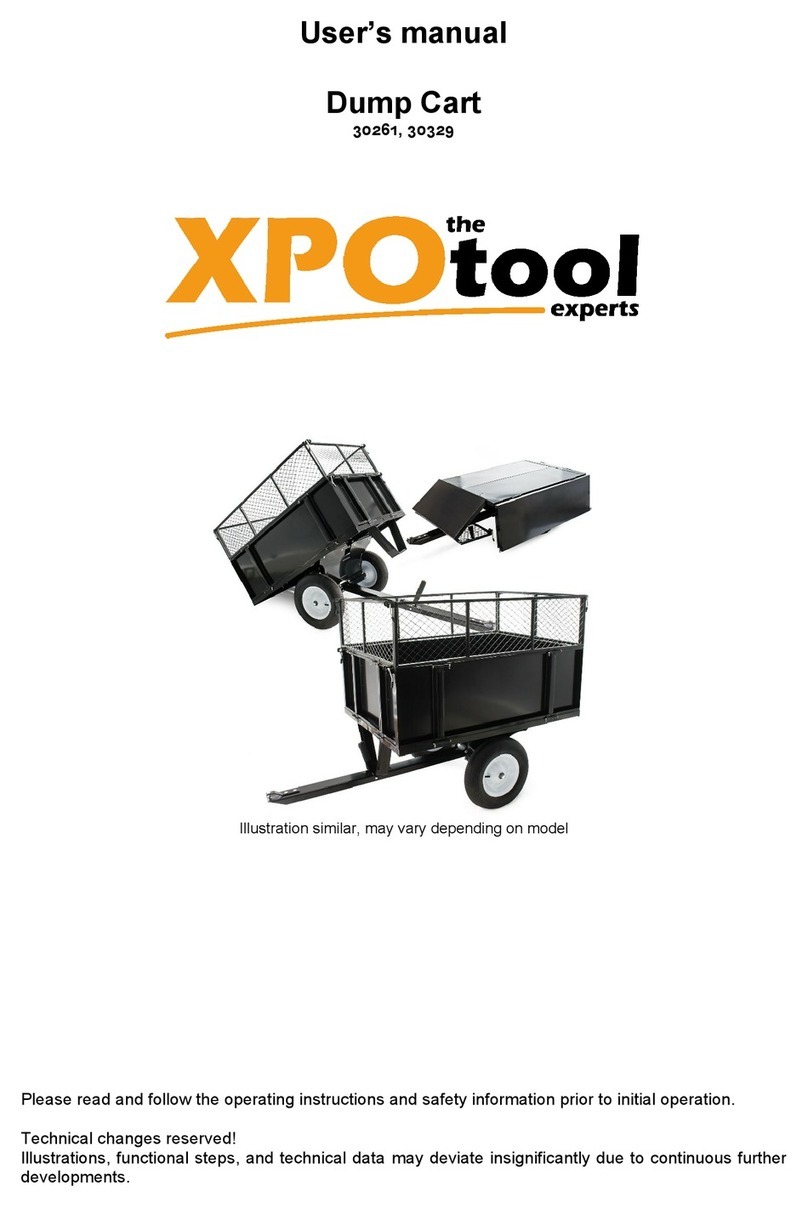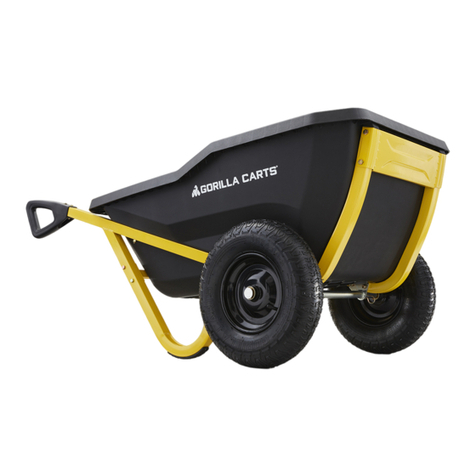Makita DCU603 User manual
Other Makita Outdoor Cart manuals

Makita
Makita DCU603 User manual
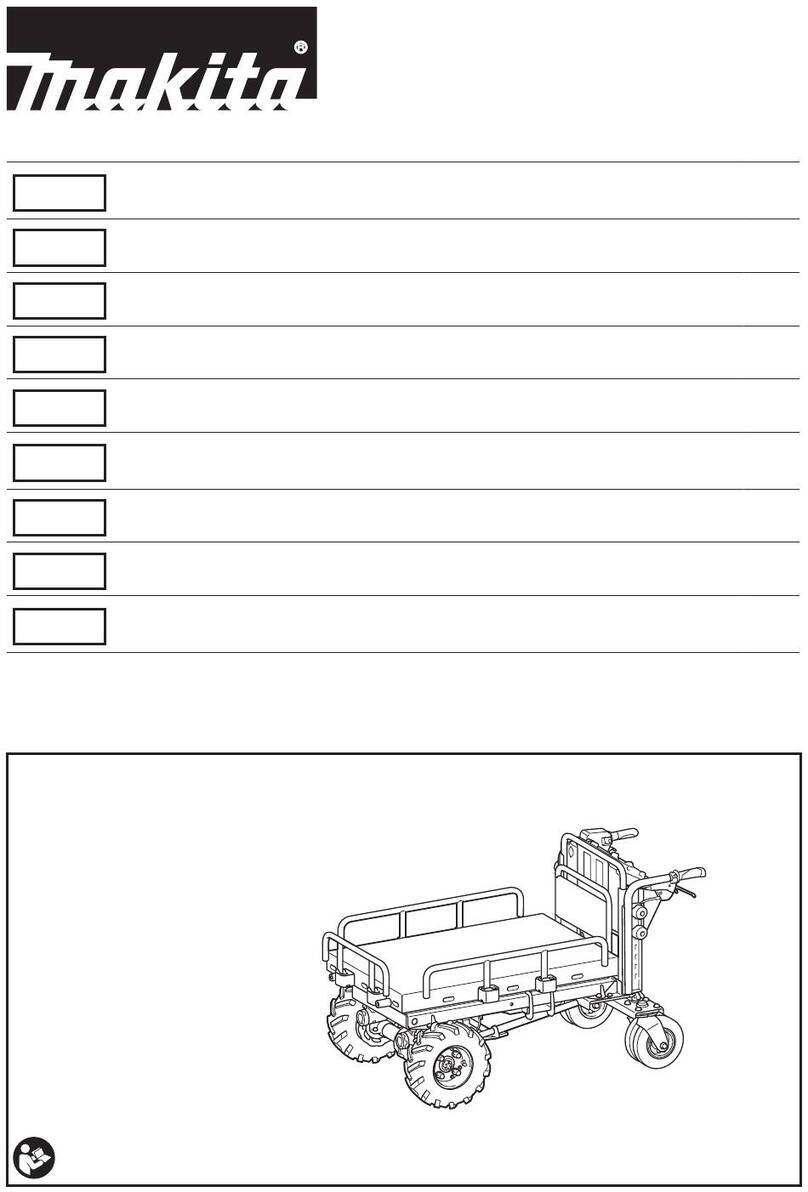
Makita
Makita DCU601 User manual
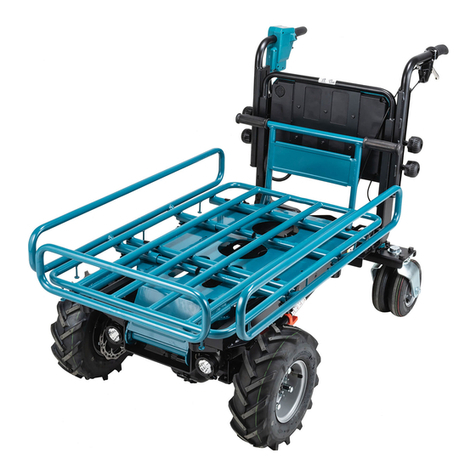
Makita
Makita DCU604 User manual

Makita
Makita DCU602 User manual

Makita
Makita DCU180 User manual

Makita
Makita DCU602 User manual
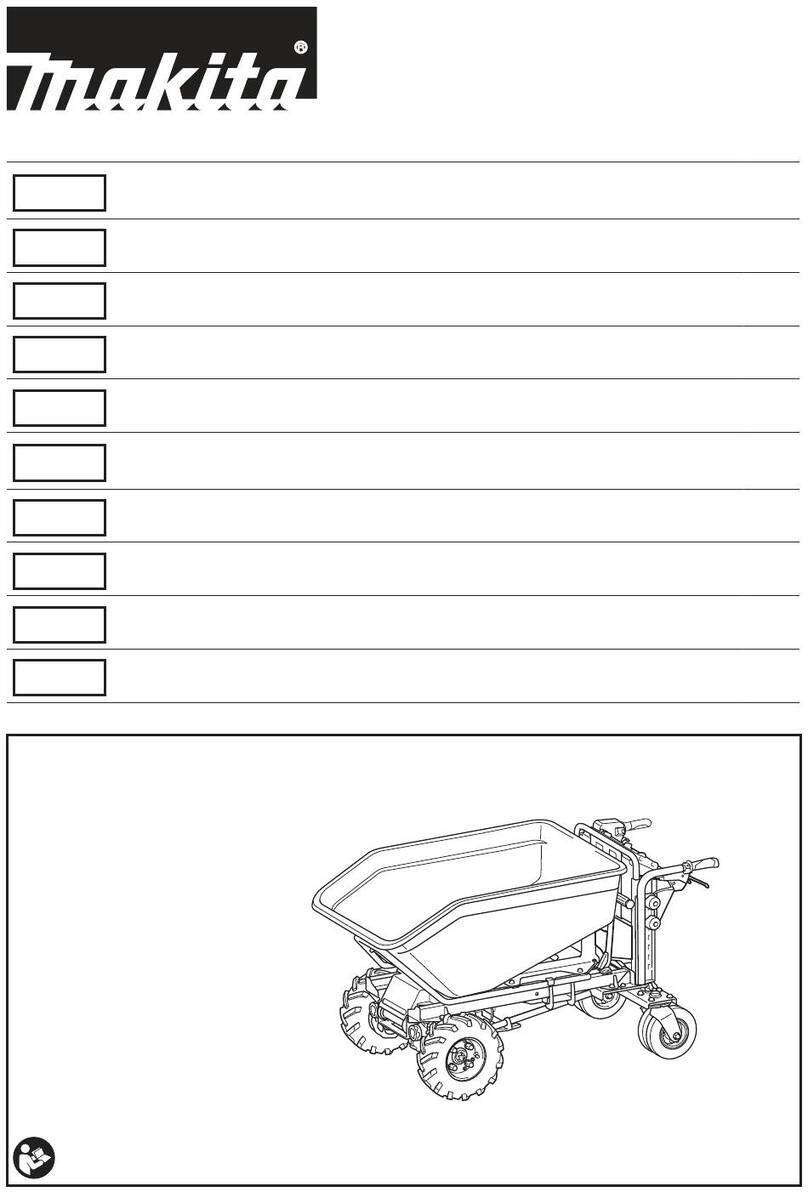
Makita
Makita DCU602Z User manual
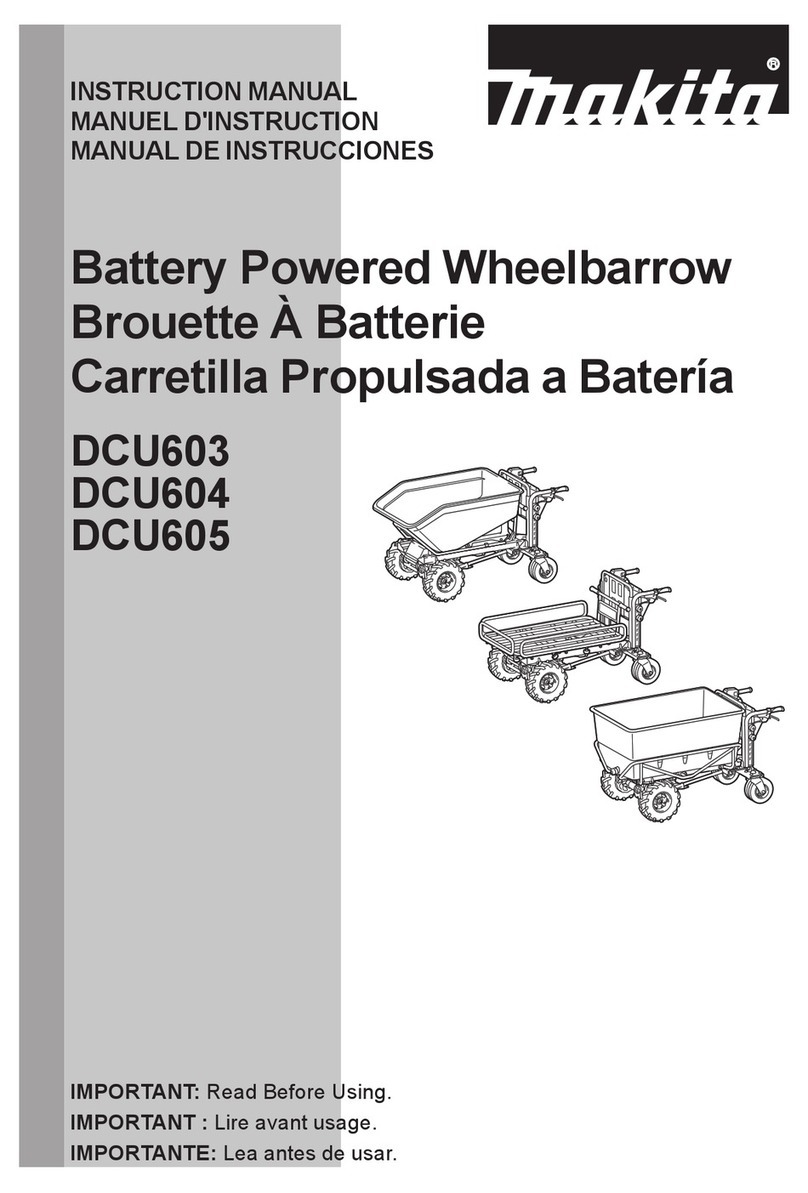
Makita
Makita DCU603 User manual
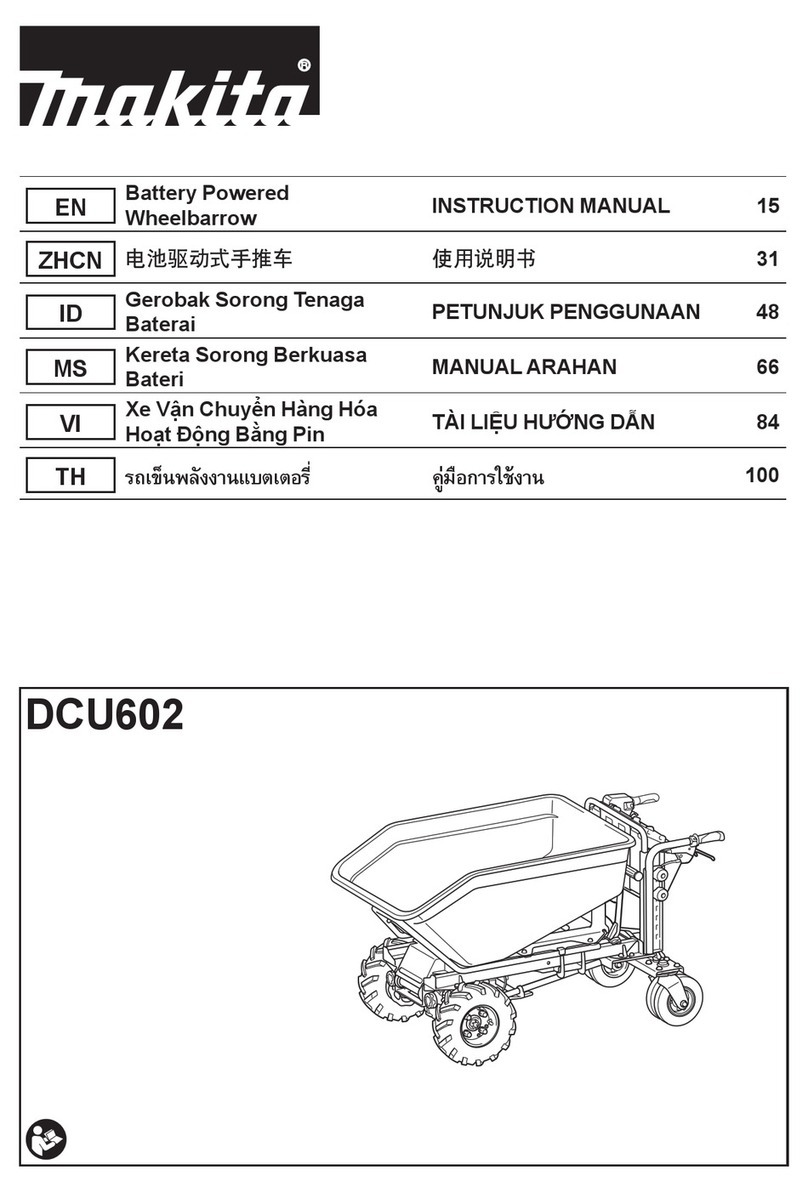
Makita
Makita DCU602 User manual

Makita
Makita DCU602 User manual
Popular Outdoor Cart manuals by other brands
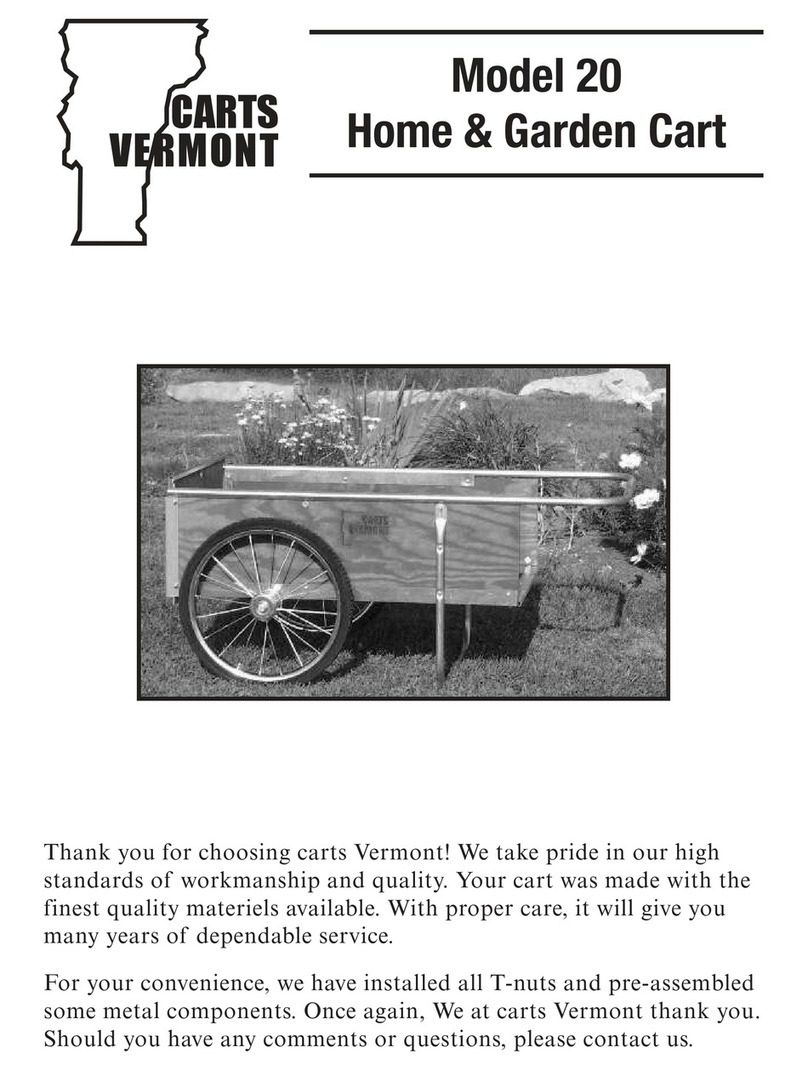
Carts Vermont
Carts Vermont 20 manual
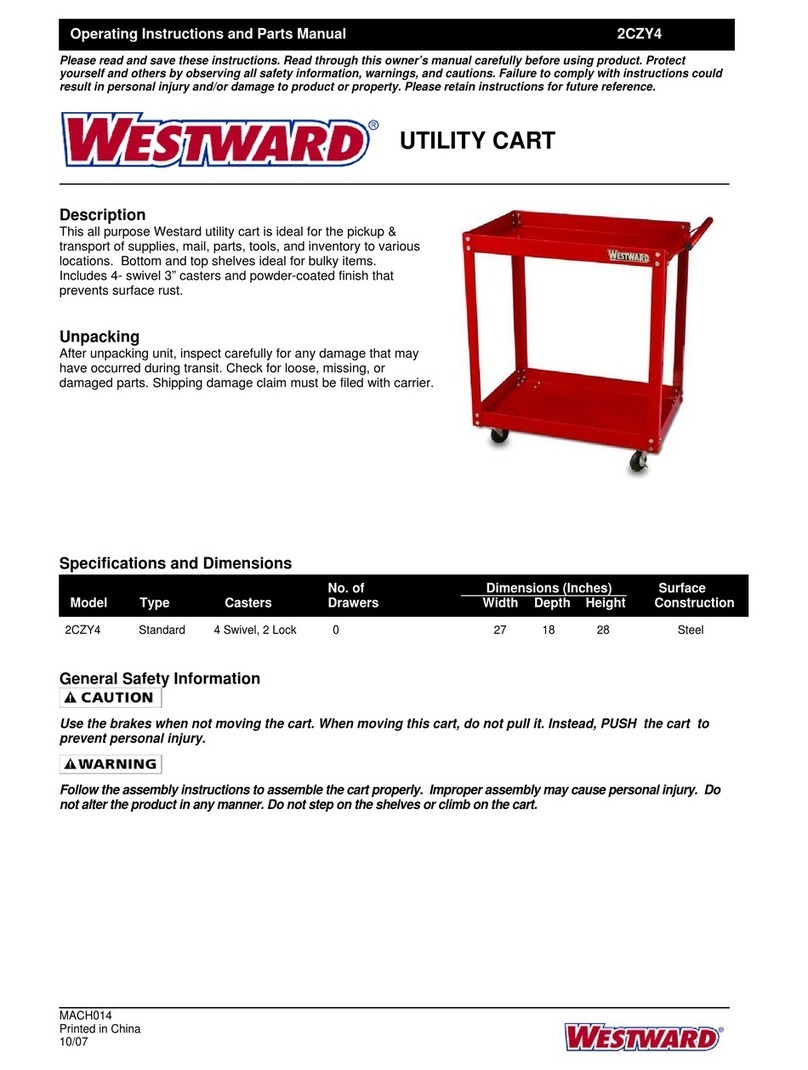
Westward
Westward 2CZY4 Operating instructions and parts manual
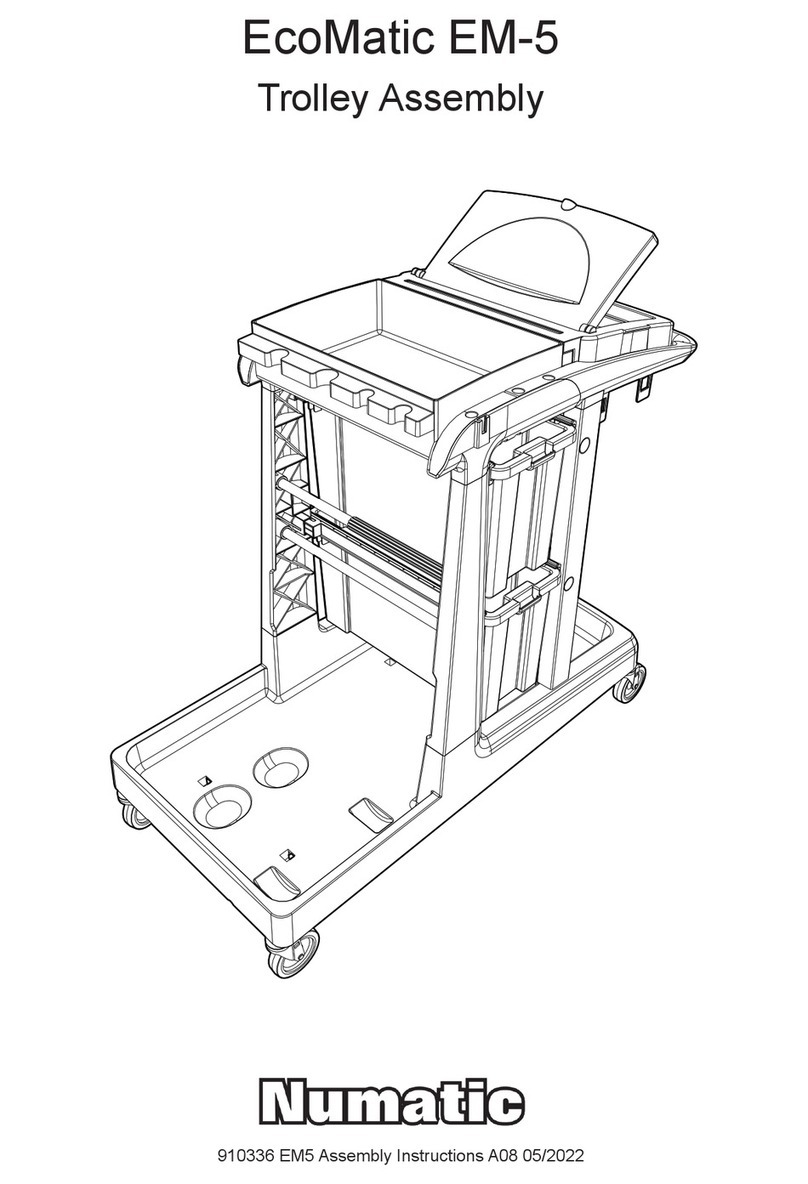
Numatic
Numatic EcoMatic EM-5 Assembly
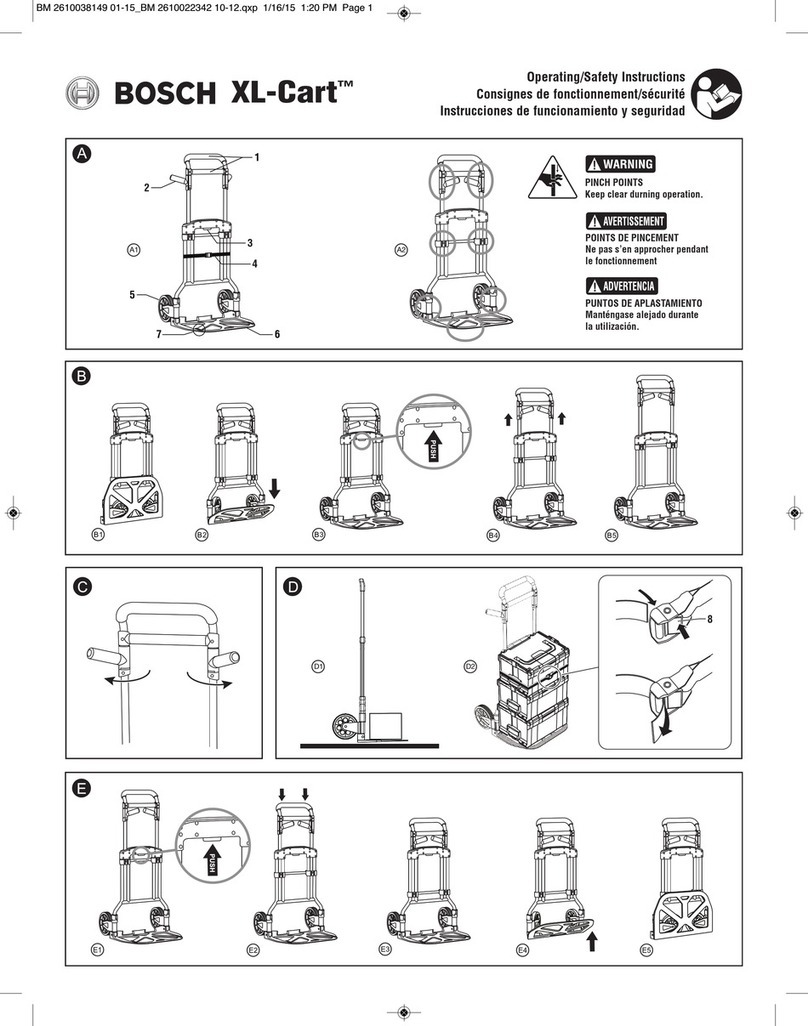
Bosch
Bosch XL-Cart Operating/safety instructions

Tennsco
Tennsco Modular Cart Top Component Assembly Assembly Instructions/Parts Manual

Clam
Clam POLAR TRAILER HD MAX manual
